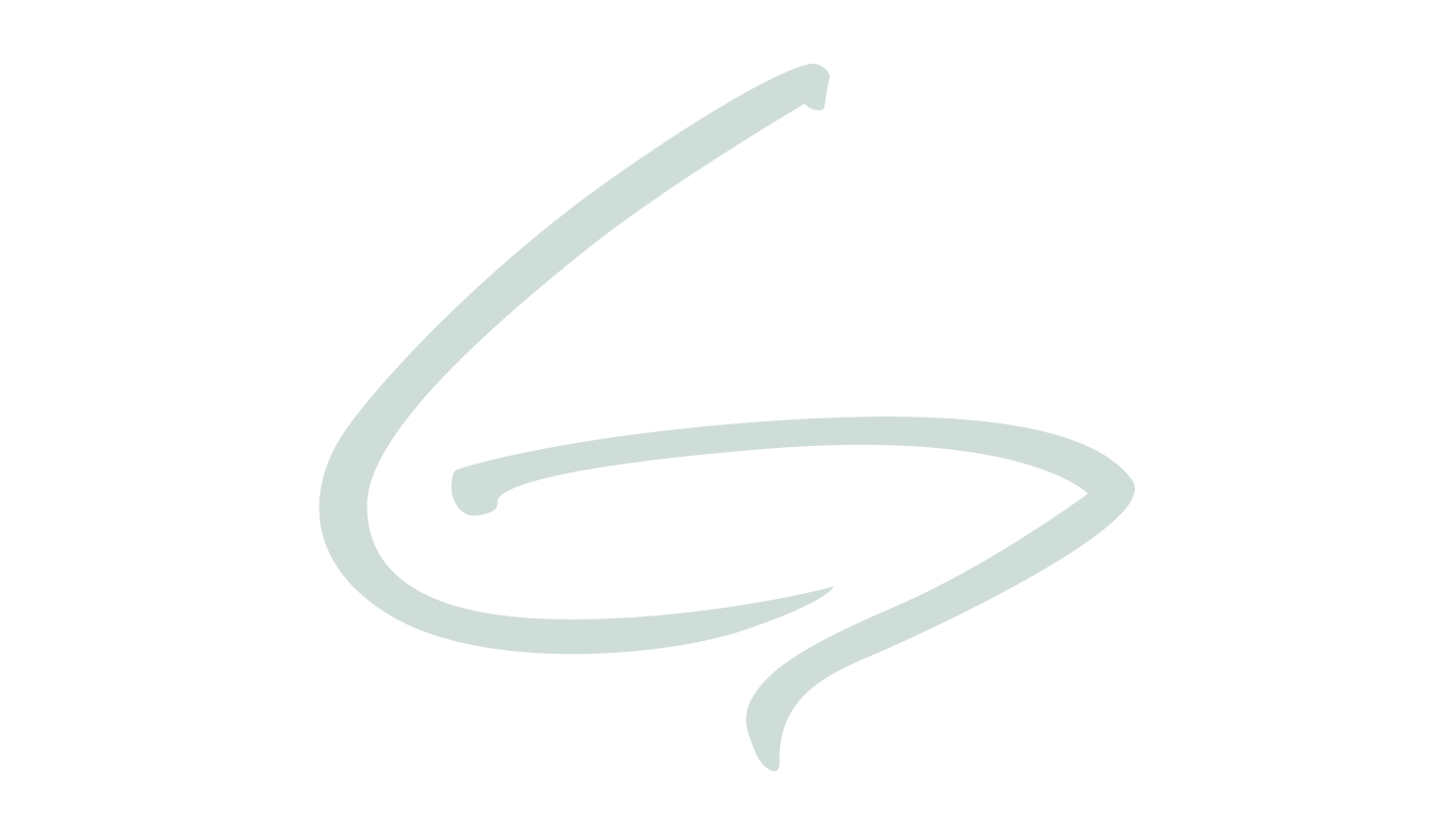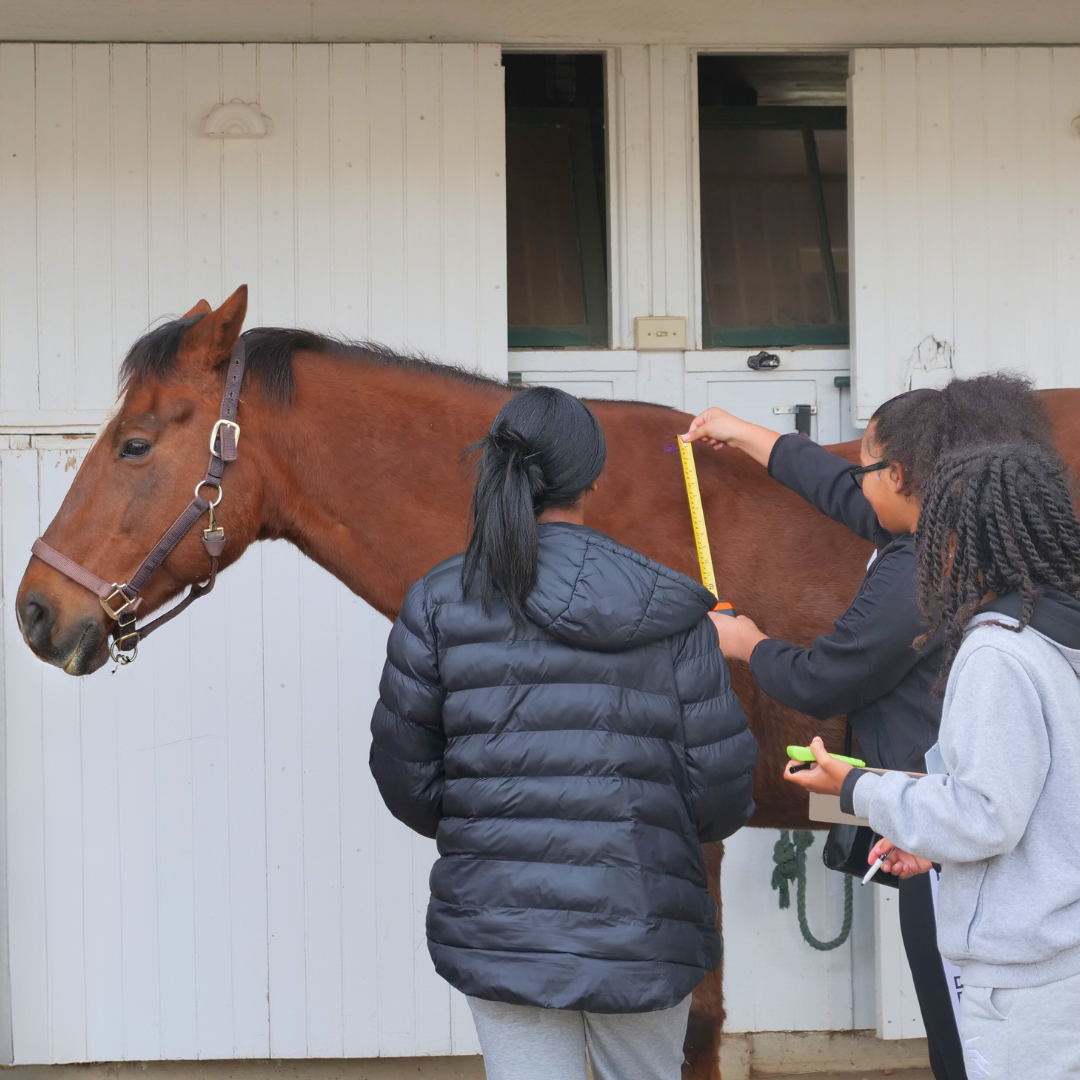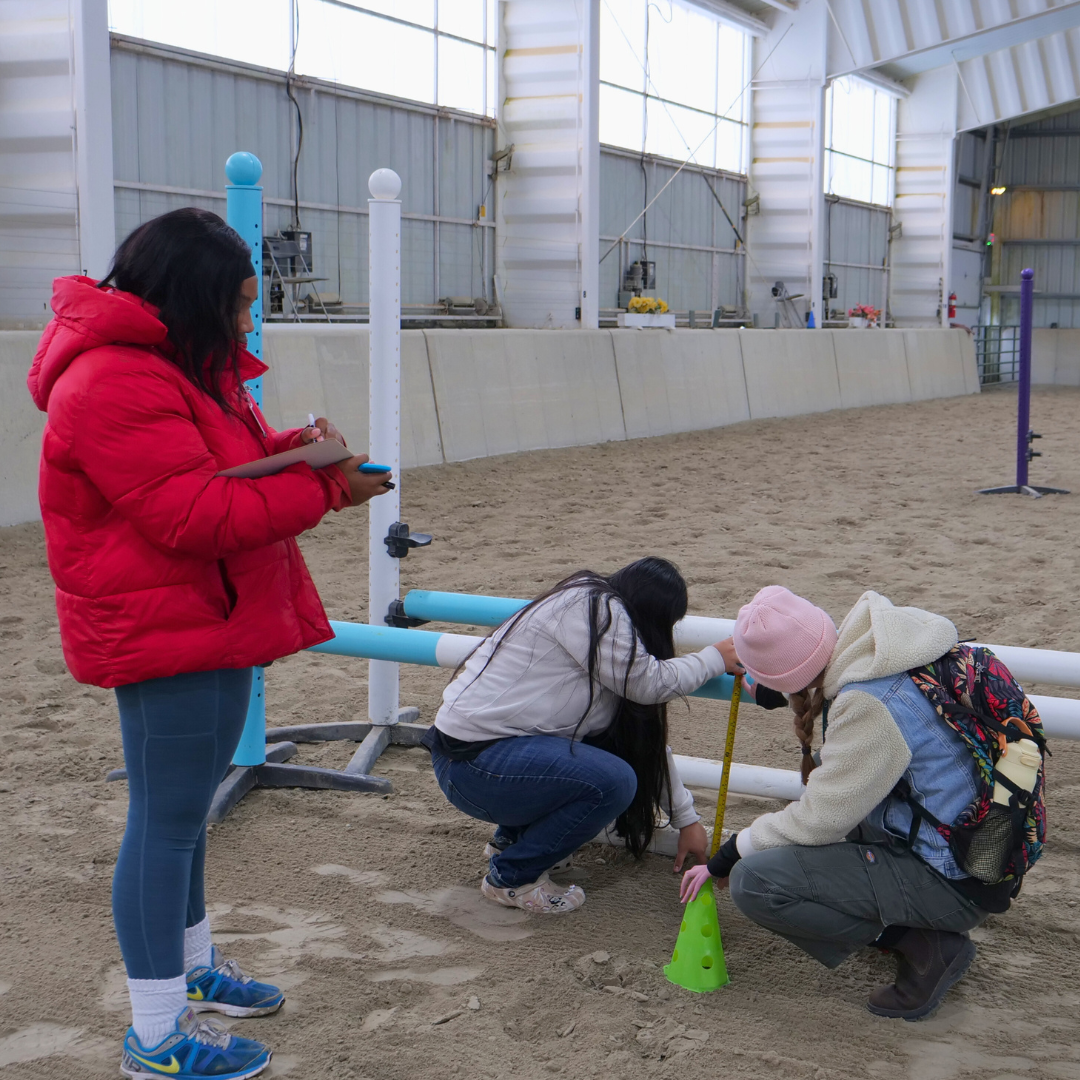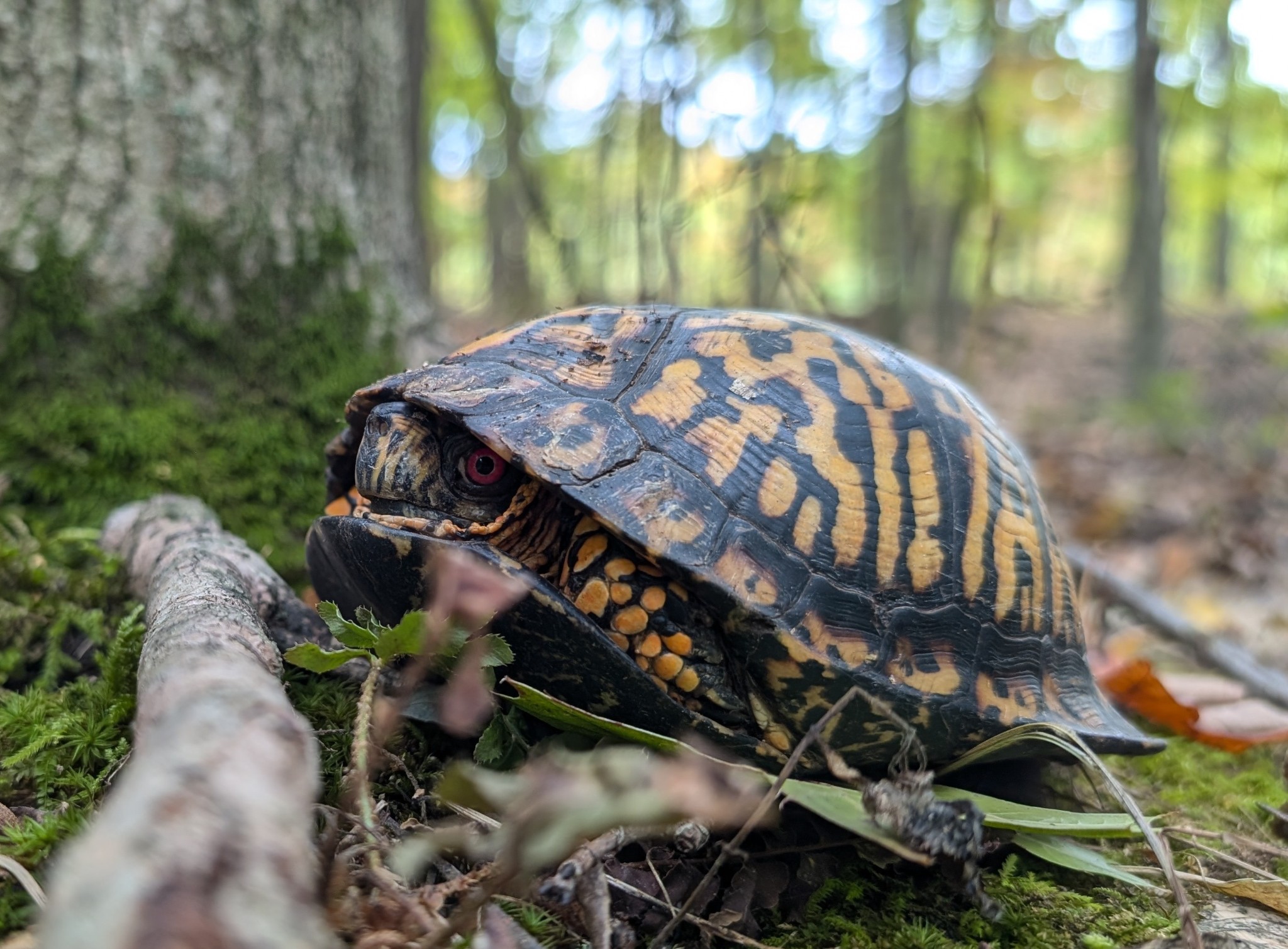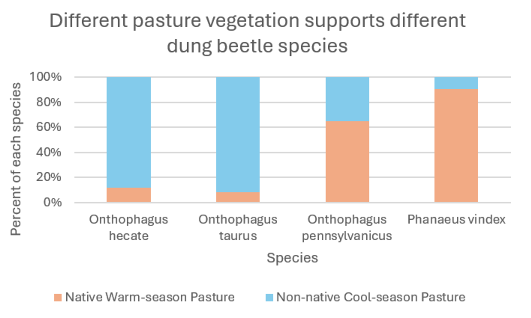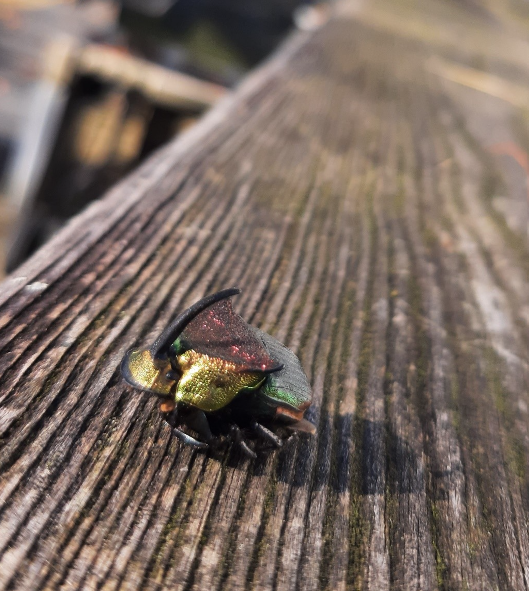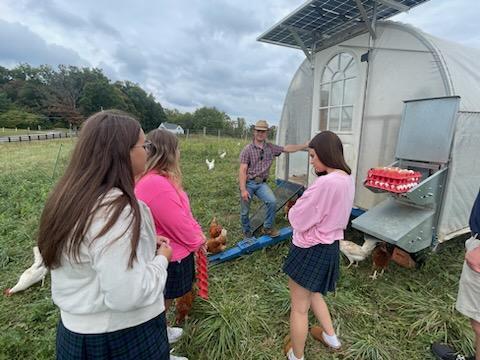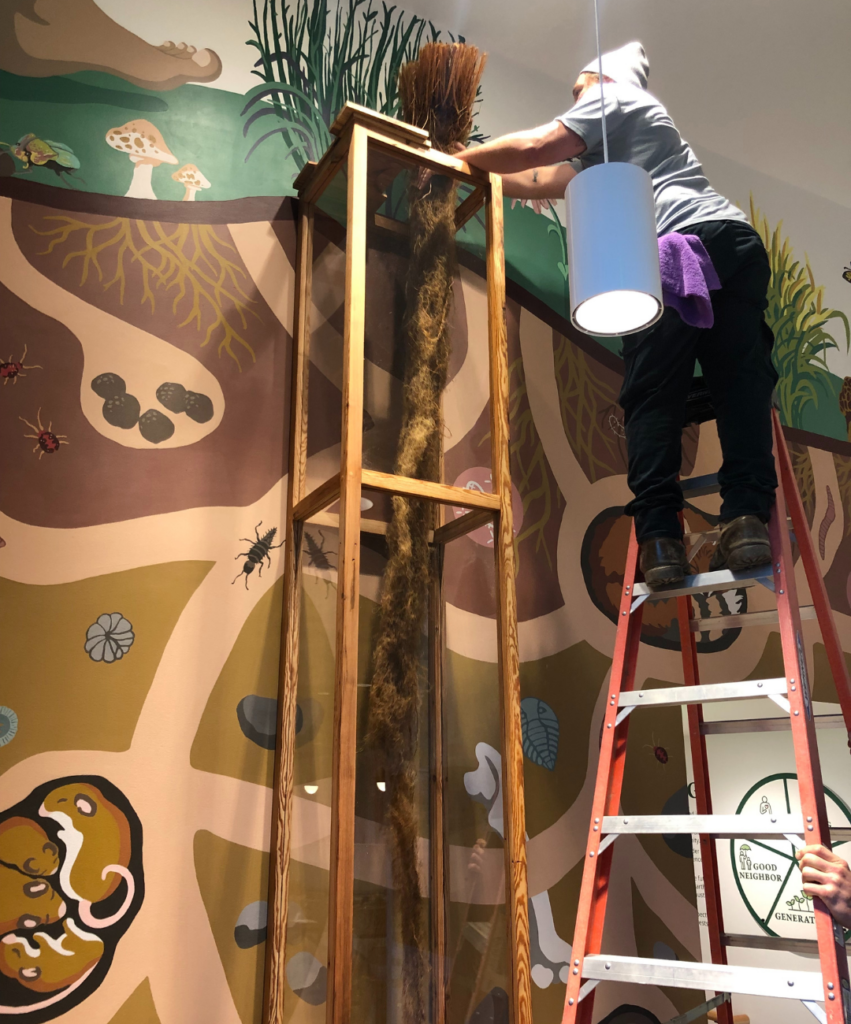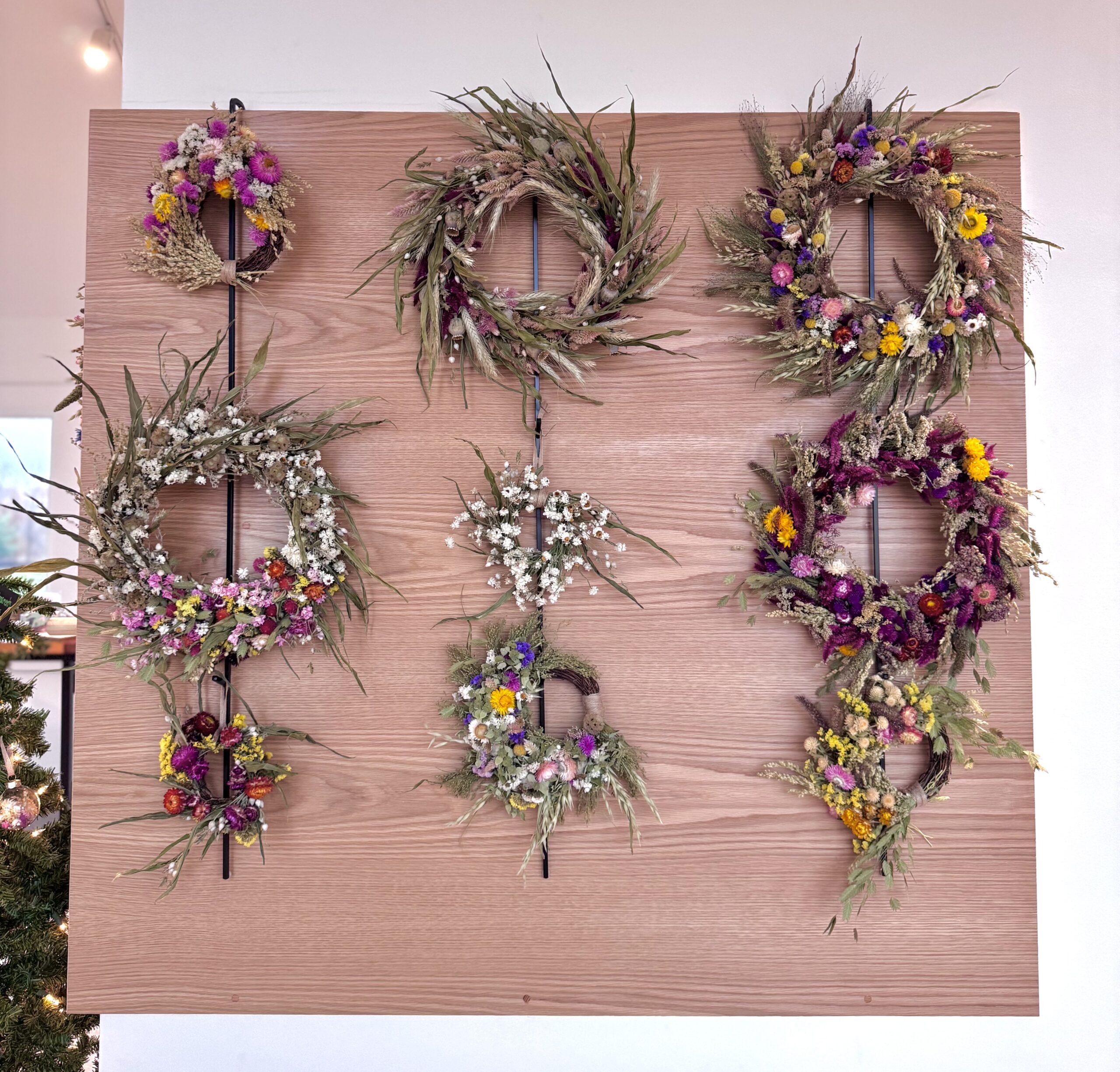Around Greenacres – Fall 2024
Around Greenacres - Fall 2024
Equine Education: Math in Motion
This fall marks an exciting milestone for the Equine department—our first year offering equine education day programs. Tailored for 6th, 7th, and 8th-grade students, these hands-on field trips bring math to life through engaging, horse-centered activities.
Each field trip includes a stall tour, giving students an up-close experience with our horses and ponies. By integrating mathematical concepts into equine activities, we make learning fun and interactive, showing students that math truly is all around us.
6th Grade: Polygons and Ratios
On October 1st, we hosted our first 6th-grade field trip focused on polygons. Students measured areas in dressage arenas, stacked hay bale cubes, and painted polygons directly onto horses—a clear favorite activity. Later in the month, students explored ratios by comparing horses to ponies, calculating feed quantities based on body weight, and determining movement rates as they compared speeds across different gaits.
8th Grade: Pythagorean Theorem
Our 8th-grade program debuted with activities highlighting the Pythagorean theorem. Students measured horse conformation points, calculated 2D and 3D jump measurements, and determined jump-field distances to see the theorem in action.
We’ve had a wonderful time blending math and equine education and are already brainstorming more creative activities for next year. Sharing the joy of learning math through the world of horses has been an incredible experience.
Tracking Our Secretive Neighbors
Did you know that each eastern box turtle has a unique shell pattern, much like a fingerprint? This fascinating feature is the cornerstone of Greenacres’ Box Turtle Tracking Program, which has been helping us better understand the behavior and range of our resident turtles since 2019.
The program relies entirely on chance encounters by Greenacres employees. When a box turtle is spotted, the employee photographs the carapace and plastron (the top and bottom shell) and records the turtle’s GPS location. This data, or “capture,” is added to a database where the shell patterns are compared to determine if the turtle has been previously documented. If a match is found, the turtle is considered a “recapture,” and its new GPS location is added to track its movements.
As of the end of the 2024 season, the program has documented 140 unique turtles across all Greenacres sites, with 25 recaptures. Impressively, 29 employees from departments such as Education, Research, Livestock, and Buildings and Grounds have contributed to this project, showcasing the cross-departmental collaboration that Greenacres values.
The program has also inspired a hands-on curriculum for students. Activities like “Bowl Turtle Tracking” give students a chance to simulate the tracking process. They design and hide their own “bowl turtles,” recording captures and recaptures and even mapping their movements during extended activities like summer camps.
Tracking eastern box turtles has been a rewarding journey for employees and students alike, offering unique insights into the lives of these elusive creatures. By combining conservation and education, the program has deepened our connection to the land and its hidden inhabitants while fostering a sense of stewardship in all who participate.
Dung Beetles: Vital Allies in Soil and Livestock Health
At Greenacres, we’re all about soil health, and using livestock is a great way to improve soil fertility. But livestock have a little helper that assists in boosting soil health: the dung beetle. Dung beetles are part of the interface between cattle and soil. Without them, some of the nutrients present in dung are released to the atmosphere as gas, remain locked in the dung as it dries out, or remain on the soil surface where the dung was deposited.
Dung beetles tunnel into the soil and take dung with them to provision their nests, thereby relocating carbon, nitrogen, and other nutrients deeper into the soil. These tunnels also improve other aspects of soil health, such as increased air and water flow within the soil and reduced compaction. Dung beetles support our cattle’s health too. Dung beetles are a direct habitat competitor with some flies, a major pest of our cattle. The faster dung is recycled, the less time and space these flies have to breed, and the happier our cattle.
The research department tracks dung beetle populations to ensure that our management is benefiting dung beetles. In an experiment at our Lewis Township farm in Brown County, we found that a different pasture vegetation supports different dung beetle species, providing more evidence for the idea that diversity of habitat promotes diversity of species.
Pictured here is the Research department’s favorite native dung beetle, the rainbow scarab (Phanaeus vindex). Next time you’re in the new farm market, see if you can find him on our murals.
Supporting Wildlife for Healthier Pastures
This fall, the Livestock department took an innovative approach to natural fly control by preparing bird boxes for installation across the farm. These boxes, built by students at the Diamond Oaks Career Development Center and the Indian Hill school leadership class, were crafted to attract tree swallows and bluebirds—two bird species known for their incredible ability to consume flies. Each bird could eat up to 8,000 flies, providing a natural solution to reduce fly pressure on our animals while enhancing their overall comfort and health.
The bird boxes are temporarily stored near the equine offices and kennel house while members of our Livestock and Buildings and Grounds teams collaborate to gather materials and finalize the plans for field installation. Once installed, these bird boxes will not only improve conditions for our livestock but also create habitats for local bird populations, contributing to biodiversity and environmental balance on the farm.
This project demonstrates the power of collaboration and sustainable practices, showing how small, thoughtful actions could lead to significant benefits for both our animals and the surrounding ecosystem.
Oldenburg Academy Culinary Students Visit Michaela Farm
The culinary class from Oldenburg Academy recently visited Michaela Farm to enhance their learning experience. During their first visit, the Greenacres education and livestock teams guided students in exploring egg production and the care of laying hens. The students engaged in hands-on activities including collecting, washing, and packaging eggs, and gained insight into industry terms such as “Free Range,” “Cage-Free,” and “Pasture-Raised.”
In a follow-up visit, The culinary students learned from the education and garden teams about the process of growing garlic from seed cloves. Late October through early November is the ideal planting season, and the students helped plant individual garlic cloves that will produce bulbs next summer. We look forward to hosting Oldenburg Academy students again soon!
Crafting the Finishing Touches
This fall, the Buildings & Grounds team put in tremendous effort to complete the Nippert Barn Agriculture Education and Farm Market, the newest addition to the Greenacres property. Their craftsmanship and dedication brought the project to life, adding thoughtful, handmade details that reflect Greenacres’ commitment to quality and sustainability.
The team crafted and finished cabinetry, tables, and display casings, built wooden peg boards, installed fences and gates, and even seeded grass to enhance the surrounding landscape. Each piece was meticulously designed and executed, showcasing their skill and care.
Their hard work played a significant role in the completion of this exciting new space, ensuring it was ready to serve as a hub for education and connection to the land. The Nippert Barn project is a testament to the Buildings & Grounds team’s dedication and craftsmanship.
Growing Connections
This fall, the Garden department is excited to share updates on opportunities and offerings that connect the community to our work in sustainable agriculture and floral artistry.
Greenacres Cultivation Club
Recruiting soon, the Greenacres Cultivation Club invites volunteers to join our garden team one Saturday a month. Participants will gain hands-on experience with sustainable gardening practices, learn innovative techniques for growing vegetables and flowers, and assist with seasonal tasks around the farm. Whether you’re an experienced gardener or just curious, this is a great opportunity to engage with generative agriculture and see how we grow food and flowers locally. Registration details will be announced soon—stay tuned!
Dried Floral Wreaths
Available now in the Farm Market, our dried floral wreaths are a seasonal favorite. Carefully handcrafted from flowers grown and preserved on the farm, these wreaths are perfect as a holiday decoration or a thoughtful gift. Supplies are limited, so don’t wait to grab yours!
The Garden department continues to innovate and inspire through sustainable practices, educational opportunities, and offerings that celebrate the beauty of the fall season.
Hosting Green and Sustainable Events at Greenacres
The Events department at Greenacres is dedicated to creating memorable experiences while prioritizing environmental stewardship. This fall, we focused on hosting sustainable mission events, including our Farm to Table Dinner, incorporating practices that align with our generative mission. Here’s how we’re making it happen:
-
- Farm-to-Table Ingredients: For our Farm to Table Dinner, we featured products from Greenacres’ generative farm, including fresh produce and pasture-raised meats.
- Reducing Waste: We use china, glassware, silverware, linen napkins, and linenless tables, minimizing the need for disposables. When disposables are necessary, we opt for compostable serviceware over plastics.
- Repurposed Decor: Dried flowers are reused across multiple events for centerpieces, and we recycle decor like candles and lanterns to avoid unnecessary purchases.
- Mindful Quantities: Careful planning prevents over-ordering food, reducing waste and ensuring that leftovers are managed responsibly.
- Composting Efforts: Food scraps and florals are composted and reused in our compost facility, closing the loop on waste. We also donate leftover florals when possible.
- Sustainable Tools: We’ve swapped paper programs for digital QR codes and use reusable bags or containers for transport, cutting down on single-use plastics.
- Client Education: We share these sustainable practices with our guests, inspiring them to consider eco-friendly options for their own events.
Our commitment to sustainability doesn’t just make events beautiful and seamless—it demonstrates how mindful practices can leave a lighter footprint on the planet. Whether you’re hosting with us or attending an event, we hope these ideas spark inspiration for your own celebrations!
